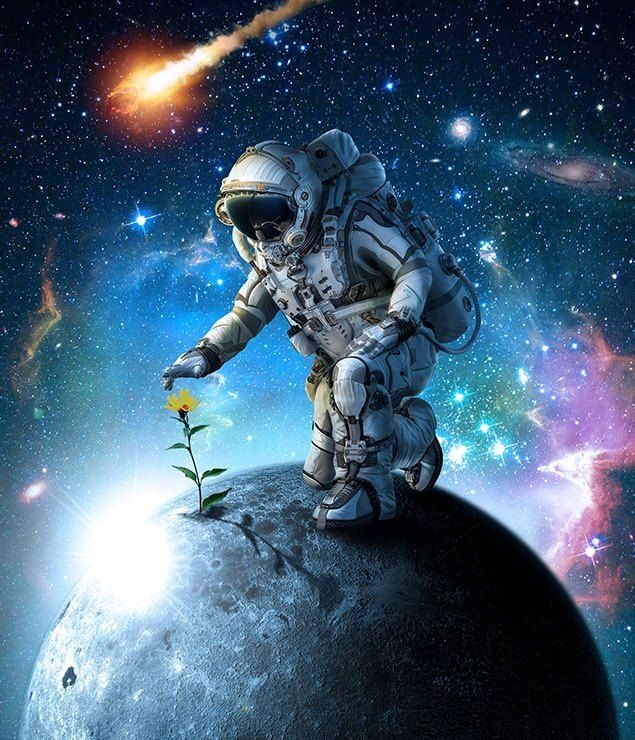☀️ When the Sun Becomes a Red Giant: What About the Outer Planets & Moons?

1. What’s a Red Giant?
- In roughly 5 billion years, our Sun will exit its hydrogen‑burning main sequence and expand into a red giant, growing up to 200× its current radius, likely engulfing Mercury, Venus—and perhaps Earth—and becoming thousands of times more luminous astronomy.com+1astronomy.com+1arxiv.org+9en.wikipedia.org+9space.com+9.
- This red‑giant phase unfolds gradually over about one billion years, followed by helium fusion and a transition into a white dwarf en.wikipedia.org+5astronomy.com+5en.wikipedia.org+5.

2.Outer Planets: Farther, But Warmer
As the Sun loses mass and expands, the gravitational grip on the outer planets will weaken, allowing orbits of planets like Jupiter and Neptune to drift outward. Despite this distance, these outer worlds will receive more solar energy than they do today.
- Jupiter and Saturn may develop thin atmospheric changes.
- Uranus and Neptune, though icy now, could warm to temperatures once experienced by Earth’s colder regions.
🌐 NASA Exoplanet Exploration – Red Giants & Habitability
Moons & Icy Dwarfs May Become New Habitats
- Titan (Saturn’s moon): Could warm enough to support stable water–ammonia oceans for hundreds of millions of years arxiv.org+3astronomy.com+3en.wikipedia.org+3.
- Europa (and similar icy moons): As the habitable zone passes, Europa’s ice could melt, creating a global ocean and thin atmosphere lasting about 0.2 billion years en.wikipedia.org+1en.wikipedia.org+1.
- ** Pluto and Kuiper Belt objects** like Triton could warm to comparable conditions as Earth today, offering a brief “second chance” for habitability astronomy.com+1arxiv.org+1.
4. A Brief Revival of Life?
- The Sun’s red‑giant phase—lasting hundreds of millions to ~1 billion years—offers a narrow but intriguing window for life to potentially emerge on newly thawed worlds astronomy.com+7en.wikipedia.org+7space.com+7.
- Exoplanet studies stress that such “delayed habitability” could support life on moons or dwarf planets for some time .
5. Eventual End: White Dwarf & Icy Freeze
- After losing mass and shedding outer layers, the Sun will become a white dwarf, shining weakly and cooling over time en.wikipedia.org+3en.wikipedia.org+3space.com+3.
- The outer solar system’s newly habitable zone will then contract inward, ending the temporary warm era for the outer worlds.
Takeaway Summary
| Stage | What Happens |
|---|---|
| Red Giant Expansion | Inner planets destroyed; outer worlds warmed |
| Titan, Europa, Pluto | Could sustain liquid water & atmosphere |
| Window for Habitability | ~0.2–1 billion years of potential life-supporting conditions |
| Sun’s Final Phase | Ends as a white dwarf; outer system cools again |
Why It Matters
- Highlights the dynamic, long-term evolution of our solar system and the shifting zones where life could arise.
- Offers perspective on exoplanet habitability around aging stars.
- Engages readers with an optimistic twist: life may yet flourish—even as our Sun dies.


Informative